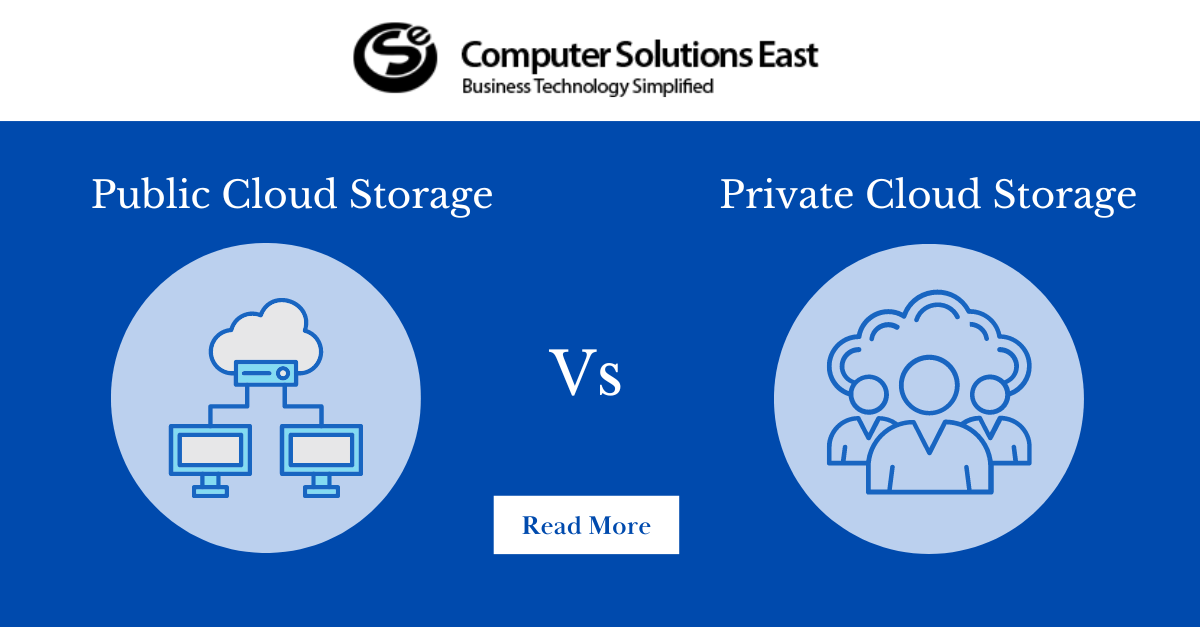Creating A Successful Hybrid Work Environment
Work is changing a lot, and the main change is the hybrid work environment.
Over 70% of US employees are now using hybrid work models. This indicates that flexible work arrangements are no longer just a temporary trend but are becoming permanent. As the pandemic continues to recede, this trend is expected to become the new normal.

42% of remote workers will look for a new job if their company doesn’t provide long-term remote work choices. – Pulse of the American Worker survey
Hybrid Workplace Model: An Overview
A hybrid work environment is one where at least one team member works remotely. Even if only a few employees work remotely, the work environment should be smooth, no matter where they are. Therefore, it’s essential to design the work environment in such a way that it accommodates both teleworkers and on-site employees. Additionally, it’s important to ensure inclusivity for all team members by:
- Ensuring equal participation for all employees, whether they work on-site or telecommute.
- Establish clear rules in the workplace. Help and train employees so they understand and follow these rules well.
According to Gartner, work will be done where and when it makes sense for productivity and engagement.
The hybrid work model is not suitable for all workplaces or industries. It is ideal for employees who work on computers and don’t need to be physically at the office.
According to a recent study conducted by McKinsey on remote work that can be done without compromising productivity, approximately 20% to 25% of the workforce in advanced economies could work from home for three to five days a week. This is four to five times more remote work than before the pandemic.
Benefits Of Hybrid Work Environment
A hybrid workplace that prioritizes employee experience by utilizing modern HR technologies can enhance flexibility, agility, and productivity.
According to Gartner, in typical organizations where employees work a standard 40-hour week in the office, only 36% of employees are high performers. This indicates that employees value the flexibility that hybrid work provides. It is not surprising that 77% of companies have already adopted some form of hybrid work. Additionally, 56% of these companies allow their employees to choose when and how often they come into the office.
Let’s look at some of the perks of a hybrid work environment:
- Increased employee productivity: Several factors can increase productivity. Working from home offers several benefits. One advantage is the ability to choose when and where to work. Another benefit is having fewer distractions. Additionally, it saves time on commuting. Lastly, working from home allows for face-to-face collaboration at the office when necessary.
- Reduced overhead costs: Companies are considering their real estate plans. They are exploring options to reduce office space or relocate to smaller cities. The main goal is to save money. Hybrid employees, who work both remotely and, in the office, are more engaged and satisfied with their work. This reduces employee turnover and saves costs for the company.
- Better employee experience and work-life balance: Increasing flexibility and autonomy in the workplace can improve job satisfaction, performance, and overall well-being for employees. A focus on work-life balance is essential in creating a thriving hybrid work environment.
- Improved safety and social distancing: Hybrid workplaces can help keep offices safe and clean, as COVID-19 variants continue to be a concern. Allowing employees to work remotely on certain days and in the office on others ensures that social distancing measures can be maintained and the office can be cleaned properly. This also makes it easier to perform contact tracing if necessary
Hybrid Work Environment Best Practices
Starting with the “place” is key to successful hybrid work. Managing the office properly and ensuring equitable distribution of benefits is the foundation of a hybrid work environment. Here’s what you need to know:
- Seamless Connectivity: Ensure robust connectivity between physical and virtual workspaces. Implement unified communication tools like Microsoft 365, enabling real-time collaboration regardless of location.
- Secure Infrastructure: Cybersecurity remains a cornerstone. To safeguard sensitive data in transit and at rest, emphasize multifactor authentication, endpoint security, and continuous monitoring.
- Flexible Work Policies: Craft policies that balance flexibility and structure. Encourage autonomy while setting clear guidelines for availability, communication channels, and task completion.
- Technology Integration: Integrate technologies that support the hybrid model, such as cloud computing services, VPNs, and digital project management tools. Invest in scalable infrastructure to accommodate evolving needs.
- Employee Well-being: Prioritize employee well-being by promoting work-life balance, offering mental health support, and encouraging regular breaks to prevent burnout.
Leveraging Modern Workplace Strategies
Consulting services play a pivotal role in navigating the complexities of the hybrid workplace. Leveraging modern workplace strategies involves:
- Assessing Needs: Understand the specific needs and challenges of your organization. Conduct assessments to identify gaps and opportunities for technology integration and process improvement.
- Tailored Solutions: Develop tailored solutions that align with your company’s goals. This may involve optimizing workflows, enhancing collaboration tools, or implementing robust cybersecurity measures.
- Change Management: Facilitate smooth transitions by engaging employees in change management processes. Offer training and support to ensure a smooth adoption of new tools and practices.
- Continuous Improvement: Embrace a culture of continuous improvement. Regularly review and refine strategies based on feedback and evolving industry trends.
The hybrid workplace is here to stay, demanding a proactive and adaptable approach. Organizations can confidently navigate the paradigm shift by using modern workplace strategies and seeking guidance from digital workplace consulting. Companies can succeed in hybrid work by following best practices and seeking guidance from digital workplace consultants.
FAQs
Q. What is a hybrid environment?
A. A hybrid environment refers to a work-setup that combines remote work (typically from home or elsewhere) with on-site work in a physical office or other designated locations.
Q. What are hybrid working examples?
A. Examples of hybrid working include employees splitting their time between working from home and working in the office, flexible work schedules, and utilizing technology for remote collaboration while maintaining some in-person interactions.
Q. What are the benefits of a hybrid work environment?
A. Benefits include improved work-life balance, increased flexibility, reduced commuting time, enhanced productivity, and the ability to tap into a larger talent pool by offering remote work options.
Q. How many days is hybrid working?
A. The specific number of days for hybrid working can vary based on company policies and individual agreements. Generally, it involves a mix of remote and in-office work, often with a flexible schedule.
Q. Does hybrid mean work at home?
A. Hybrid work does include working from home as part of the arrangement, but it also involves a combination of remote work and in-person work at an office or other designated locations.


